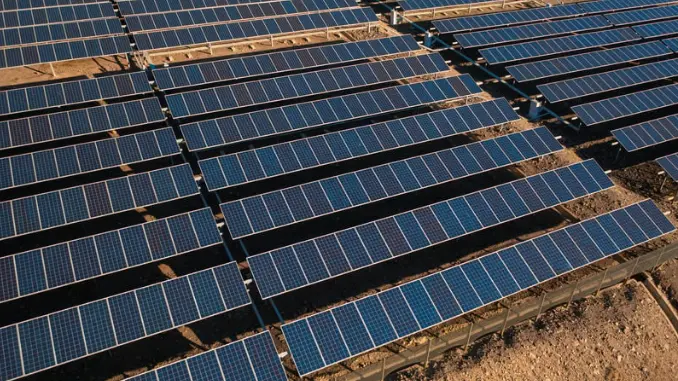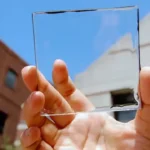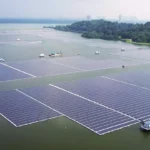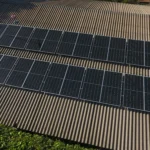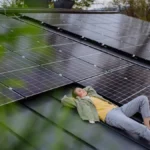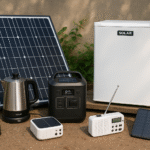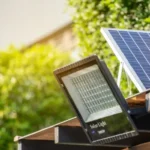A solar panels teas passage system offers a clean, renewable solution for homeowners and businesses in this sun-rich coastal region. By capturing abundant sunlight, these arrays can significantly reduce electricity bills and carbon footprints. In this guide, we’ll cover why solar energy works so well here, the technology behind it, best practices for installation, cost considerations, maintenance tips, and potential incentives.
Whether you are curious about going solar for the first time or looking to upgrade an existing array, this article provides the essential information you need.
Why Solar Shines in Teas Passage
Teas Passage enjoys high solar irradiance almost year-round, making photovoltaic systems highly productive. Abundant sunshine translates into more consistent energy generation, even during winter months.
Local utility rates are above the national average, so switching to solar can result in substantial savings. Furthermore, community members value environmental stewardship, promoting cleaner energy solutions.
Overview of Solar Technology
Solar energy systems convert sunlight into electricity through photovoltaic cells. These cells generate direct current (DC), which is then converted into alternating current (AC) by an inverter for use in the home or on the grid.
Key components include solar modules, inverters, mounting racks, and balance-of-system equipment, such as wiring, disconnects, and safety devices. When configured correctly, a solar array delivers reliable power with minimal upkeep.
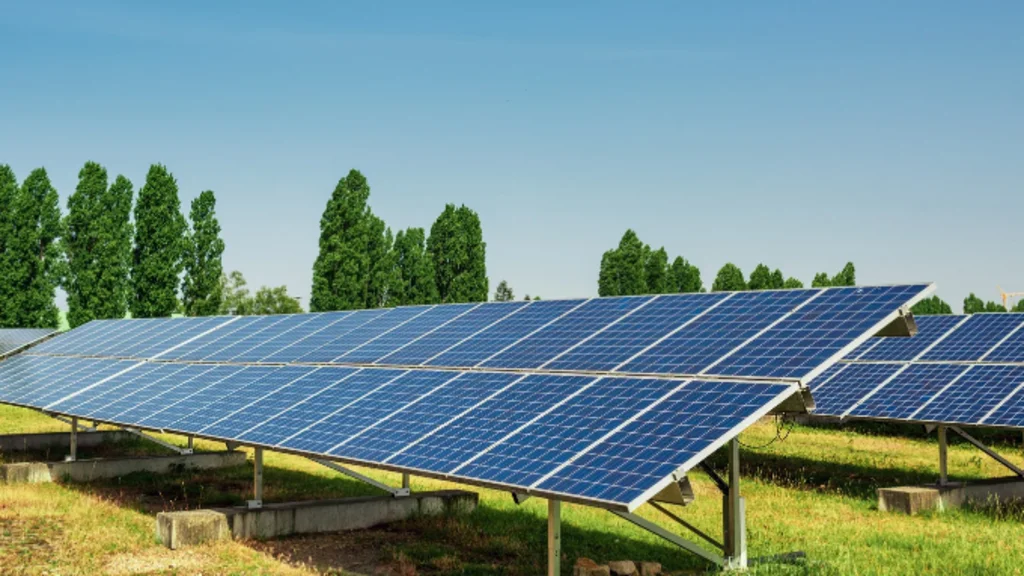
Types of Solar Panels Teas Passage
Choosing the right panel type influences performance, cost, and aesthetic appeal. Each technology offers unique advantages suited to specific needs.
Monocrystalline Panels
Monocrystalline panels use single-crystal silicon, yielding high efficiency (18–22%). Their dark appearance and compact footprint make them ideal for properties with limited roof space.
Polycrystalline Panels
Polycrystalline panels consist of multiple silicon fragments, offering moderate efficiency (15–18%) at lower prices. They work well when roof area is abundant and budget constraints exist.
Thin-Film Panels
Thin-film panels utilize semiconductor layers on a flexible substrate. They handle shading better and perform well in high temperatures but have lower efficiency (10–12%). Their lightweight nature suits non-traditional installations.
Bifacial and High-Efficiency Panels
500 watt solar panels capture light on both front and rear surfaces, boosting energy yield by 5–15% when mounted over reflective surfaces. High-efficiency variants exceed 22% efficiency, though at a premium cost.
System Sizing and Energy Needs
Determining the ideal system size ensures your solar array meets demand without excess expense. Proper sizing depends on household or business electricity usage and local sunlight conditions.
Calculating Energy Consumption
Review utility bills for annual kilowatt-hour (kWh) usage. For instance, if your property consumes 12,000 kWh per year, that equates to approximately 1,000 kWh per month.
Estimating Solar Production
A 1 kW array in Teas Passage typically generates 1,200–1,500 kWh annually, depending on orientation and tilt. Divide annual need (12,000 kWh) by production per kW (1,350 kWh average) to get a rough size of 8.9 kW.
Accounting for System Losses
Inverter inefficiency, wiring resistance, and soiling can reduce output by 10–15%. Multiply the raw kW requirement by 1.15 to ensure adequate production, resulting in a 10.2 kW system in this example.
Considering Future Growth
If you plan to add electric vehicles, heat pumps, or other significant loads, consider increasing the array size by 10–20% to accommodate future energy demands.
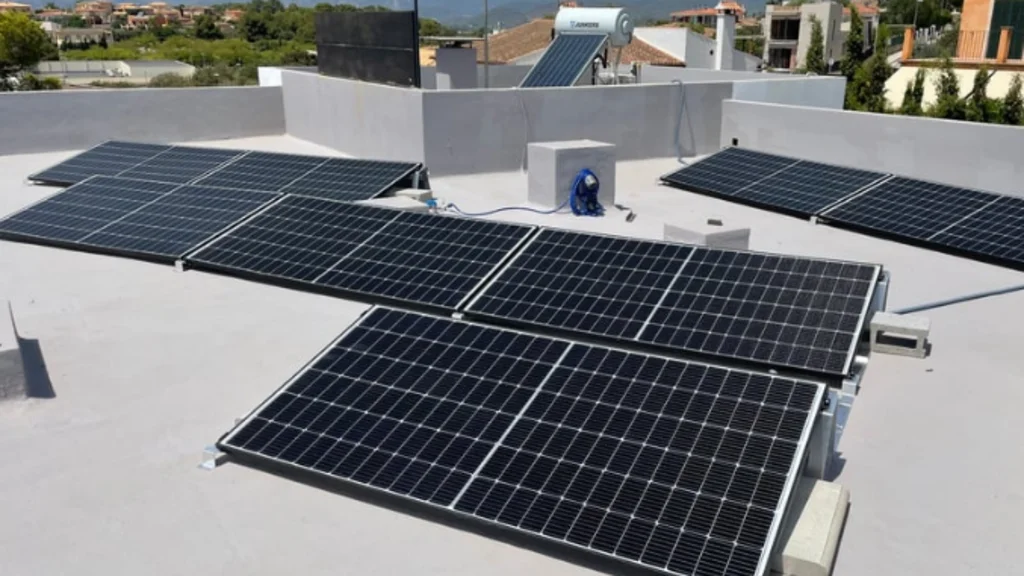
Financial Incentives and Cost Analysis
Adopting a solar panels teas passage installation can be more affordable than expected, thanks to various incentives and long-term savings.
Federal and Local Incentives
The federal Investment Tax Credit (ITC) covers 26% of qualified system costs through 2022, stepping down to 22% in 2023. Local utilities may offer rebates or performance-based incentives, which can further reduce the initial investment.
Net Metering and Buy-Back Programs
Teas Passage participates in net metering, allowing homeowners to receive full retail credit for the excess solar energy they feed back to the grid. Some utilities also offer time-of-use buy-back rates, compensating midday production at higher rates.
Upfront Costs and Loan Options
A typical 10 kW system in Teas Passage costs $20,000–$24,000 before incentives. After the 26% ITC, net costs drop to $14,800–$17,760. Solar loans and leases can spread payments over 10–20 years, often with interest rates competitive with traditional home loans.
Return on Investment (ROI)
With average electricity rates around $0.18/kWh and a 10 kW system producing 13,500 kWh annually, savings reach $2,430 per year. Subtracting maintenance costs (~$200/year), payback occurs in 6–8 years. Since panels last 25+ years, you enjoy over 17 years of net positive savings.
Installation Best Practices of Solar Panels Teas Passage
A well-designed installation maximizes energy capture and ensures safety. Teas Passage’s coastal environment calls for extra attention to corrosion resistance and wind loads.
Roof-Mounted vs. Ground-Mounted
Roof-mounted arrays save ground space and integrate discreetly. Ensure your roof’s structural integrity can support panel weight (approx. 2–3 lb/ft²). Ground mounts provide optimal tilt adjustment and easier panel access but require clear land and proper anchoring.
Optimal Tilt and Orientation
Tilt panels at an angle equal to latitude (about 30°) for balanced year-round output. South-facing orientation yields the best results in the Northern Hemisphere. Slight east or west deviations (up to 20°) incur minimal energy loss.
Corrosion-Resistant Hardware
Use anodized aluminum racks and stainless-steel fasteners to resist salt spray. Install flashing kits tailored to the roofing materials—such as shingles, tile, or metal—to prevent leaks and ensure weatherproofing.
Electrical Safety and Wiring
Implement appropriately sized PV-rated wiring (e.g., 10 AWG or 8 AWG) and MC4 connectors. Run conduits to protect cables. Install rapid shutdown devices as required by national codes. Ground all metal components using #8 AWG copper conductors to mitigate electrical hazards.

Maintenance and Longevity
Once installed, a solar panels teas passage system requires minimal upkeep. However, routine care extends lifespan and maintains peak performance.
Cleaning and Inspection
Salt spray and coastal dust can accumulate on panels, reducing efficiency by up to 15%. Clean panels every six months using a soft brush, mild soap, and low-pressure rinse. Inspect for cracks, delamination, or hotspots via visual checks or thermal imaging if available.
Electrical and Structural Checks
Annually verify that all connections are tight and free of corrosion. Inspect inverter logs for error codes. Check mounting hardware for loosening or rust, and tighten or replace components as needed. In coastal settings, rinse racking and hardware with fresh water to remove salt residue.
Performance Monitoring
Install a monitoring system—either integrated with the inverter or via a third-party solution—for real-time performance data. Set alerts for significant production drops, indicating shading, dirt buildup, or equipment failure. Proactive monitoring prevents major issues and preserves energy output.
Troubleshooting Common Issues
Even the most robust solar panels teas passage installations can face occasional setbacks. Quickly identifying and resolving common problems ensures uninterrupted energy production.
Shading and Mismatch Losses
Nearby trees, antennae, or decorative structures can cast unpredictable shadows on panels, reducing output disproportionately. Conduct a thorough site survey before installation and trim or remove shading sources when possible. If shading is unavoidable, install microinverters or power optimizers to isolate each solar panel lifespan performance.
Salt Spray Corrosion
Coastal salt can corrode metal racks and connectors, leading to electrical resistance or failure. Use marine-grade or stainless-steel hardware and apply corrosion inhibitors annually. Rinse panels and racking after storms to wash away salt deposits.
Inverter Alarms and Error Codes
Common alarm codes include over-voltage (often caused by cold temperatures boosting panel voltage) and ground faults. Refer to the inverter manual for specific troubleshooting steps. Ensure DC input voltage remains within acceptable limits for your inverter model.
Panel Overheating
High temperatures degrade panel efficiency. Ensure a 4–6 inch air gap beneath roof-mounted arrays to promote airflow. For ground mounts, install panels at a tilt angle that allows natural cooling breezes to pass underneath.
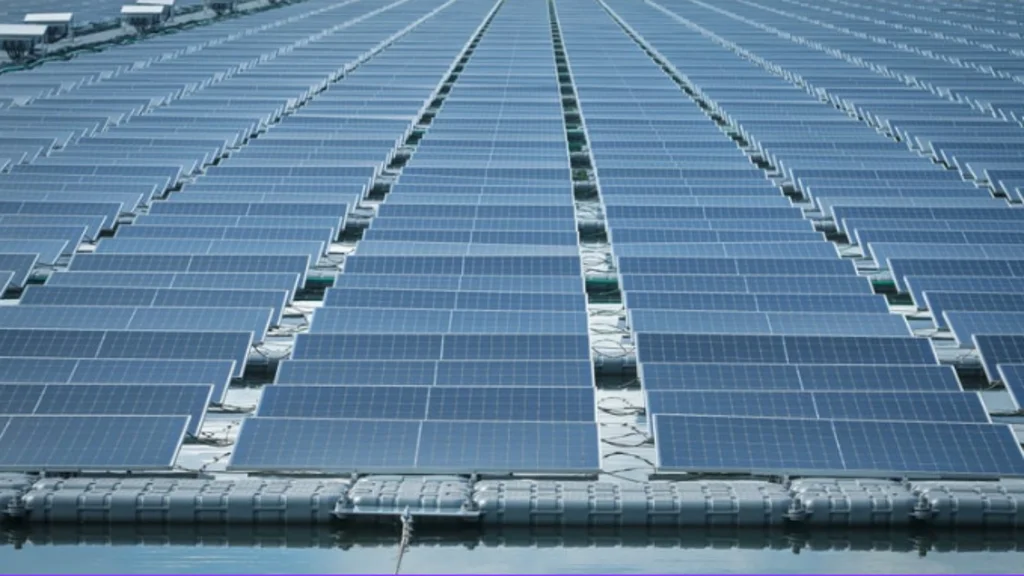
Community and Environmental Benefits
Adopting solar panels teas passage contributes positively to both local ecology and community well-being. As more homes and businesses switch to solar, Teas Passage moves closer to renewable energy goals.
Reducing Carbon Emissions
A 10 kW solar array offsets approximately 7–8 metric tons of CO₂ annually, equivalent to planting 175 trees. Community-wide adoption can significantly reduce fossil fuel dependence and improve air quality.
Boosting Local Economy
Solar installations create jobs in sales, design, installation, and maintenance. Local contractors and suppliers benefit from increased demand for components and services, strengthening the regional economy.
Educational and Outreach Opportunities
Schools and civic organizations in Teas Passage can host solar awareness events. Demonstration systems on public buildings provide hands-on learning for students and community members, fostering a deeper appreciation for clean energy technologies.
Frequently Asked Questions
- How many solar panels do I need for my Teas Passage home?
Evaluate your annual electricity usage (kWh) and divide by the estimated annual yield per kW (1,300–1,500 kWh per kW in Teas Passage). For a household using 12,000 kWh annually, you will need a roughly 8 kW system—approximately 16 panels at 500 W each.
- Do solar panels work in cloudy or rainy weather?
Yes. While output decreases under overcast skies (typically to 10–25% of peak), panels still generate electricity from diffused sunlight. After rain, panels often self-clean, improving efficiency.
- What is the expected lifespan of a solar array?
Most solar panels carry 25- to 30-year performance warranties, guaranteeing at least 80% output at year 25. Inverters usually have 10–15-year warranties and may require one replacement during the system’s life.
- Are batteries necessary for a grid-tied solar system?
No. Grid-tied systems rely on net metering to compensate for excess generation. Batteries are optional if you desire backup power during grid outages or want to maximize self-consumption.
- How do I find a reliable installer in Solar Panels Teas Passage?
Look for installers with NABCEP certification or equivalent credentials. Ask for references, review past projects, and compare multiple quotes. Ensure they handle permitting, installation, and interconnection processes comprehensively.
Ready to Go Solar?
Embrace the power of the sun with solar panels teas passage—contact our local solar experts today for a free site assessment and personalized quote. Discover how you can lower energy bills, earn incentives, and make a positive environmental impact. Start your solar journey now and join the Teas Passage community in creating a brighter, cleaner future!

